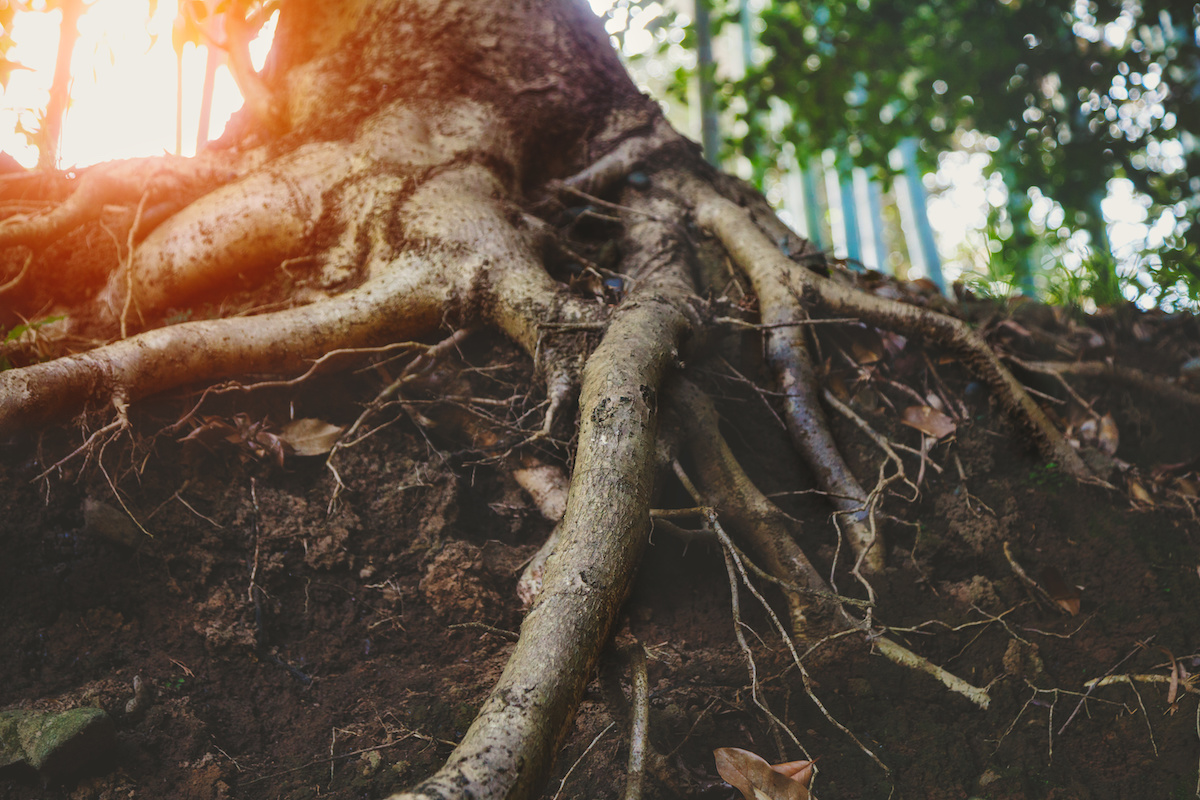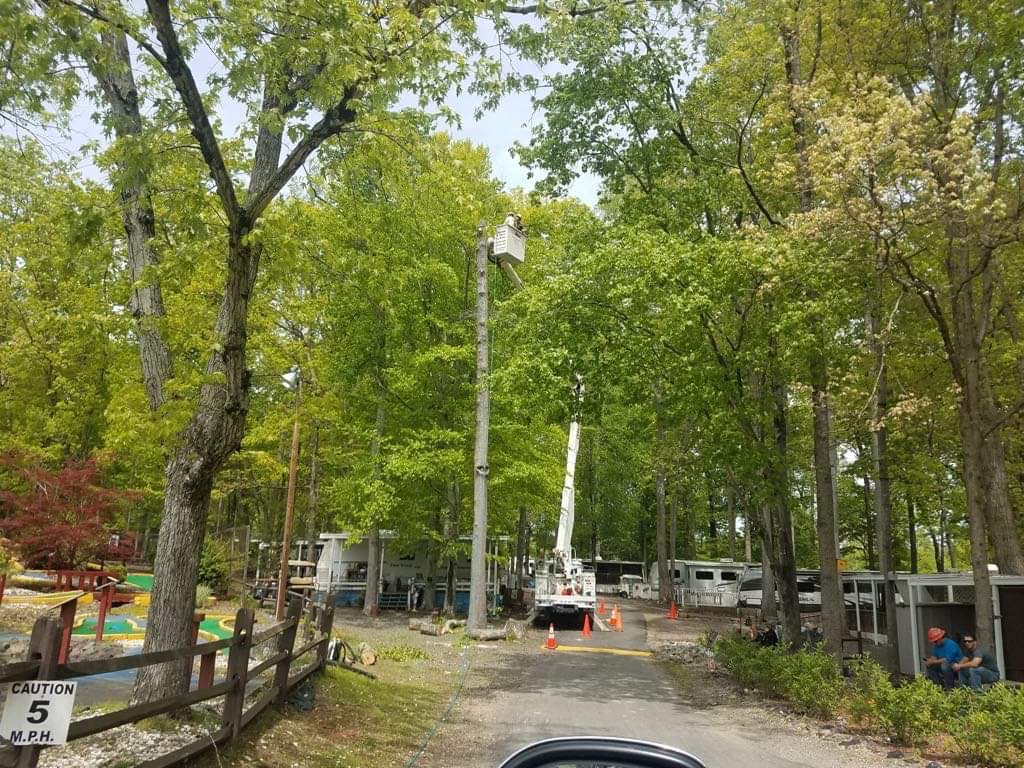We often admire the grandeur of a tree’s canopy but fail to acknowledge the marvel that it rests upon. That marvel is the tree’s root system. The root system is responsible for anchoring the tree to the ground, providing it with the necessary nutrients and water that it needs to survive. However, have you ever considered how important it is to maintain the health of the tree’s root system? Below, we will delve into the intricacies of a tree’s root system, and why its below-ground health is so essential to the overall health and longevity of the tree.
Anatomy of Tree Roots
The root system of a tree is made up of various components, including the taproot, lateral roots, fine roots, and root hairs. The taproot is the primary root that originates from the base of the tree’s trunk, which then splits into smaller branches known as lateral roots. These lateral roots then divide further into smaller roots referred to as fine roots, which contain even tinier structures called root hairs. The root hairs are responsible for absorbing vital nutrients and water from the soil.
Role of the Root System in Tree Health
The root system plays a crucial role in tree health and maintenance. It is responsible for absorbing and transporting water and nutrients to various parts of the tree. A healthy root system can withstand harsh weather conditions, resist disease, and pests, as well as promote overall growth and vitality. However, if the root system becomes damaged, it can severely impact the tree’s health, ultimately leading to its decline or death.
Maintaining Below-Ground Health
Keeping the tree’s root system healthy is critical to maintaining the overall health of the tree. The best way to maintain below-ground health is to ensure that the soil retains adequate moisture and nutrients, which can be achieved through proper watering and fertilization techniques. Regular inspections and pruning of the tree’s roots can also help prevent any potential damage from occurring.
Warning Signs of Root Damage
It is essential to watch out for any warning signs of root damage, such as yellowing or wilting leaves, premature leaf drop, stunted growth, or cracks in the soil around the tree’s base. If any of these signs are present, it is crucial to contact a professional arborist immediately to assess and treat the root system.
Final Thoughts
A tree’s root system plays a critical role in its overall health and longevity. By understanding the anatomy of tree roots, their role in tree maintenance and health, and how to maintain below-ground health, we can promote healthy trees that last a lifetime. As such, it is crucial to invest in the necessary resources to ensure that the root system of a tree remains healthy.



